I insisted upon only one point, and it was that acting, especially the mother’s, has to be very very realistic. We know our mothers, their scolding is inbuilt in their nature. Those glowering eyes and that stern tone is etched in our minds forever. Only the mother figures in in the advertisements smile and laugh lovingly. 'Shyamchi Aai’ is not that mother figure. She is very serious, insists that her children act sensibly, without fear and with compassion.
Read Part 1 of the Interview here
Question - So, how did you incorporate the depiction of the bygone era in the film amid the advancements of digital technology?
While depicting the bygone era in the film, one cannot easily capture the rawness of the past with digital technology. Although there are a lot of technological advancements, there are some limits to it. Even though we have advanced color correction and other digital technologies, there is a certain authenticity and feel of those times that may not be easily replicated. Despite all the possibilities, it might be challenging to convey that rawness and intensity. I expressed this fear during our discussions.
Guruji's writing has a certain rhythm and emotion that might not be easily translated into visual elements, especially with the advancements in digital technology. So, the fear was that even though we have these technological tools, the film might not capture the essence of those times. Despite technological possibilities, it might be challenging to convey that rawness and intensity. I expressed this fear during our discussions.
Question - It seems that while depicting that era, you were concerned about not losing authenticity and rawness despite technological advancements. Is that right?
Yes, exactly. While depicting that era, the concern was about maintaining the authenticity and rawness of those times. Even though technology has advanced, it might not be able to capture the rawness of those times. I expressed this fear during our discussions.
Before writing the script, revisiting 'Shyamchi Aai' and reading it again made me think. 'Shyamchi Aai' is a collection of 42 anecdotes all giving a glimpse into a mother’s strong values and love. It covers Shyam's life from childhood to youth. It's not just an autobiography but also an account of significant experiences that shaped Shyam's life. The narrative provides a glimpse into various aspects of his life, and through those experiences, it also indirectly communicates a certain philosophy. Reading it again made me think about what we want to convey through this film.
The experiences in 'Shyamchi Aai' are also a reflection of society and the challenges people faced during those times. Through those experiences, the narrative subtly communicates a philosophy. Revisiting the book made me think about how we can convey that philosophy through the film.
Reading 'Shyamchi Aai' again influenced my writing process for the script. The book provides a wealth of experiences, and my goal was to capture the essence of those experiences authentically. While writing the script, I aimed to stay true to the philosophy embedded in Shyam's life and convey it effectively on screen.
I belive the decision to make the movie black and white was also an attempt to preserve the authenticity and directness of the experience.
A small boy, a bundle of energy, becomes a satyagrahi at a later stage in life by observing the strength and resolve of the mother and following her values. - that was my take on the screenplay, in a nutshell. I sent the outline and my view to Sujay. I believe it hit a sweet spot of agreement and matching views. And I just completed the entire screenplay, letter by letter, in a week. Then I sent it to him. He asked for time to read and get back to discuss. But within a few days, he called me, and said, “Now we need to focus on the shooting.” I asked him, “Are there any modifications we should discuss first?” He said, “None whatsoever! It is everything I had in mind.” And just like that, we hit the right wavelength again.
My suggestion to the team was that they should understand the language spoken in Brahmin households in those times and keep it authentic while making the film. I insisted that when they speak, it should sound as natural as if they speak the same everyday. And with that perspective, the dialogues originally written in the book 'Shyamchi Aai' by Sane Guruji are made part of the film. Through all such small details we tried to stay true to the content and the context.
Question - While writing this movie, you have put not just the book Shyamchi Aai, but also other autobiographical and other literature and social work by Sane Guruji in perspective, in the frame of time and space. There was also a conscious decision to portray it in black and white. Whose decision was it? How was the execution, and were there differences of opinion about it? Do you feel it was necessary?
-This film has started with a lot of thought and consideration. Sujay had researched in depth, had good conceptual grasp. It was his decision to keep it black and white. I agreed with the decision. And even now, when I watch the film, I realize that it was a very appropriate decision.
Had we gone with the spark of vibrant colors ignited by today's digital technology, the allure and readiness of RV colors, the seriousness, simplicity and slow pace of life in the past would not have come out effectively. In today's times, digital coloring and similar technologies have advanced significantly. They offer many possibilities, but still, they have their limitations. I feel that using them might make the painted scenes appear somewhat 'plastic,' meaning artificial. Besides, when viewed in 'black and white,' many things would look different.
Besides, I feel attracted to 'Black and White' myself. Sometimes it seems to me that the film should always be in 'Black and White.' That is, if the film and real life go hand in hand, and 'Black and White' remains a medium. Now after so much progress, this statement does not make sense, but many directors still stick to it. Even in America, a person like Woody Allen says, 'I want to make a film in 'Black and White.' For that, they make films by getting a Kodak. These filmmakers are shooting 'Black and White.' But to achieve the 'Black and White' look, which is not possible with digital technology. Still, all that is a very intricate and extremely costly technology. That's why this team shot in 'Black and White' by using digital technology.
Question - Your script was ready, and then they started shooting. Generally, the screenwriter writes the script, and then the director shoots it, taking into account the strengths and limitations of that medium. Sometimes the relationship between the writer and the director remains more or less strange. After you wrote the script, and then the shooting started, did your dialogue with the director continue, regarding the script or its portrayal?
- I used to work with Sumitra Tai for many years. Whenever we had to write the screenplay for a movie, she would start with a short story at the beginning, and then her screenplay, in which there was never any dialogue. I wanted to actively participate in all those processes. Whether someone has seen a particular movie or not, I would dictate the details to them rather than just telling them. Then we would discuss it.
Regarding this movie, I wrote both the screenplay and the dialogue together. For that, I had prepared some extensive notes. Which incidents do we need to bring together, what should happen before or after certain events, all these details were in those notes. And then the actual screenplay and dialogue were written. In that, I paid attention to where the characters would be, what their demeanor would be like, all those details. However, I always had to remind myself that I was not the director. What I envision might differ. More details may be provided, and the director can guide me. Truly, my focus was on staying true to what was needed in the script.
However, I never went to the set during the filming. When the shooting started in Kokan, we had a discussion, and then I got busy with other work in Pune. But before starting the shooting, I had spent time with the team, reading the script with them. Sujay understood their spirit. Then my role ended there. After the complete editing was done, Sujay brought it home for me to see. And after watching it, I felt very satisfied. While the shooting was going on, Sujay made me realize that in every scene, we should ensure authentic portrayal, avoiding small linguistic errors. For that, occasionally, I would have to call Sujay. In this context, there is a funny incident where Shyam’s Father scolds him, saying, 'Are you a baayko?' So, Sujay asked me if we should say 'bai’ instead of that. Then I told him that 'bayko' is correct in this context. Today, we use the word bayko to mean wife. but in those days it meant woman. The contextual meaning has changed.
But Sujay and his team always consulted for any doubts that they had. They never tried to “improvise” unnecessarily. They respected the written word and adapted the style as honestly as possible.
I insisted upon only one point, and it was that acting, especially the mother’s, has to be very very realistic. We know our mothers, their scolding is inbuilt in their nature. Those glowering eyes and that stern tone is etched in our minds forever. Only the mother figures in in the advertisements smile and laugh lovingly. 'Shyamchi Aai’ is not that mother figure. She is very serious, insists that her children act sensibly, without fear and with compassion. Therefore, her voice should be serious, not too sweet. Apart from that, whatever actress is selected, her audition should be done first to see if her voice can be serious.
Gauri Deshpande has played the role of Shyamchi Aai. Before seeing her face, Sujay asked for her voice, and was impressed by the seriousness and depth in her voice, he praised Gauri for her voice and understanding of the character. In essence, Sujay conveyed to me that Gauri has done justice to the acting.
When I came to know that Om Bhutkar was to play Sane Guruji, the choice surprised me a lot. I would never have associated that name and face with Guruji. Even though we disregard caste or similar distinctions today, Sane Guruji was born in a Kokanastha Brahmin family. So he needs to appear and speak the part. I was not able to visualize Om Bhutkar as Sane Guruji. But seeing him directly made me realize that he aligns very well with the character. Many actors bring their unique style of acting to the roles they play. Om's journey began with a film like 'Mulshi Pattern.' He portrayed a character who resorts to violence with a knife in hand, but Sane Guruji's portrayal is not only powerful but also filled with compassion. Though difficult to visualize then, he brought a nuanced understanding of the character's personality, in expressions, dialogue delivery, and even in still moments. Some decisions were unexpected but turned out to be excellent. Om was one of them. Even as a director, it may not have occurred to me. However, Sujay understood and appreciated it, and I liked it later too. Sandeep Pathak plays Shyam's father, and Sharva plays the younger Shyam. All of them have played great roles, and even the smaller characters have done exceptionally well.
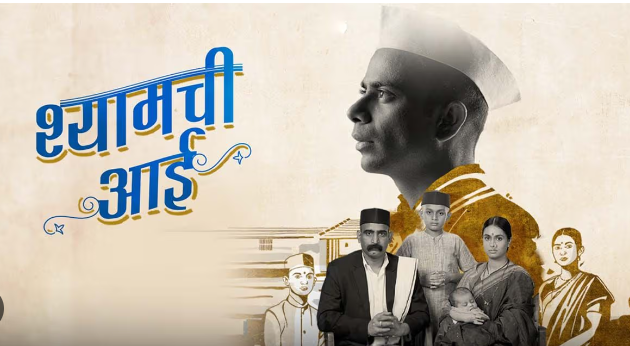 (Shyamchi Aai Poster featuring central characters)
(Shyamchi Aai Poster featuring central characters)
Question -Now, after the completion of the film, when you watch it, what thoughts and feelings do you have about the film, Sane Guruji, and his overall social life?
During the COVID times, I wrote the screenplay for four films. This experience was new for me and the writing process was fulfilling. When I see the film getting ready with the producers for my films, the joy of seeing it on the screen is something personal. Shyamchi Aai plays a crucial role in this film. In the last 30-35 years, there has been a lot of turmoil in the male dominance in society, but it doesn't seem to be visible. From the political to the social level, there is an increasing aggressive masculinity everywhere. And violence always seems attractive. Therefore, women in homes and other groups also seem to follow this pattern. But this change is not visible. In today's time, when we are in a different orientation, there is a vacuum for humanistic thoughts. And I wish this film, which shows a different perspective, starts the process again. I feel a personal joy in creating such a space. I hope that when such films are shown during this era, the audience will get the same experience, and I have that desire.
Watch the complete Interview here
Question - Film is considered as a medium for the masses. At the same time, it is shown in various places in Maharashtra. People from different ideological, economic, educational, and social levels will come to watch it, at least that is expected. So, I eagerly think about how different age groups will perceive 'Shyamchi Aai. ' How will the youth see it? What will adult women and men see in it? Will the section that considers Guruji credible watch it? And what kind of bitter critique will be made about Guruji, considering the prejudices that some groups have against him?
- Today, electronic gadgets are in the hands of children at a young age. And its impact is not limited to just the city; it is everywhere. Watching a boy from those times, what he used to do, the struggles in his mind, how he found solace in reading - this seems interesting to me. Entertainment is a word that we have placed in much chaos. Laughing continuously is synonymous with entertainment today. There was a time when producers would back only comedies. I fear we are entering another era of that type. It’s wrong on so many levels.
This movie is taking a different path of providing Emotional entertainment, in my opinion. It might be entertaining for children as well, considering the ups and downs in their lives. They both will watch it and because of that, their understanding of life will grow.
Why should the youth watch this film? I believe for I believe my generation used to dream big and chalk out noble goals in youth. Some of that lingers even today. When I look at young adults today, they seem untouched by that genre of ambitiousness. They appear a little self obsessed. In their defense, such people and tendencies must have prevailed at all times. So just watching compassionate, philanthropic personalities like Sane Guruji could be a learning, a joy for them.
The male dominant society has made women bear the burden of Motherhood by glorifying it to the moon with great purposeful care. Today a mother’s life is different. She herself explores or wishes to explore the ways of the world much more than those times. Her challenges and strengths are different. Therefore, I don't think this movie should be watched for the sake of understanding motherhood and traditions. But if women watch with an open mind, they too would realize Shyamchi Aai, a young woman abiding by the customs, and traditions of her times, is also a forward thinking, strong, resilient and compassionate woman. Most women have a humanitarian nature that transcends all traditions of the times. But most of them cannot imbibe that in their sons. But Shyamchi Aai does that. And in my opinion, a modern woman’s take away from the movie would be that.
There are two strong male characters in the movie - one is Shyam who grows up to become Sane Guruji, and the other is Shyam’s father. He was influenced by Lokmanya Tilak. He never just lorded over the farmers under his governance just for money. He was considerate of their financial problems and wanted to help. He was sensitive to their sufferings. Shyam must have learned so much from him as well. Another aspect of his personality that appeals to me is, even when he had given up hope and effort after losing his family and financial status, he saw that his wife was resilient and he looked up to her for strength. This seemingly small personality trait is so important to realise and internalize in the era of “Alpha and Sigma males”.
Sons are emotionally attached to their mothers, but they rarely want to grow up and become like them. They idolize authoritative father figures. This movie goes on to show that mothers can be role models for sons. This movie can also teach compassion to young people and activists, and they can understand this through Sane Guruji's compassionate view.
Followers as well as opponents of Sane Guruji would definitely find satisfaction in this movie. More often than not, biopics are disappointing for followers and ridiculous for opponents. But this movie does neither put Guruji on a pedestal, nor maligns his image in any way. The attempt is to understand his growth, and portray it fearlessly. It is not even a biopic in real sense.
Sane Guruji has been discredited by many for many years. Most of those people haven’t read a single word by the great visionary. But just as the book Shyamchi Aai has stood the test of time, Sane Guruji also prevails in people's minds. People will understand this, I feel, if they keep prejudices aside. The language of this book is old. Its approach is old. So, from this book, we can see how old interpretations can be. However, from there, something new will come to light. In other words, looking at Shyamchi Aai and Sane Guruji with a new perspective, you will surely find something new.
- Sunil Sukthankar
sunilsukthankar@gmail.com
Interview by Sadhana Editor Vinod Shirsath
Paraphrasing by Suhas Patil, Translation by Meghana Kavale
हा लेख मराठीत वाचण्यासाठी येथे क्लिक करा
Tags: sunil sukthankar shyamchi aai sujay dhake gauri deshpande sharva gadgil yuva diwali interview Load More Tags

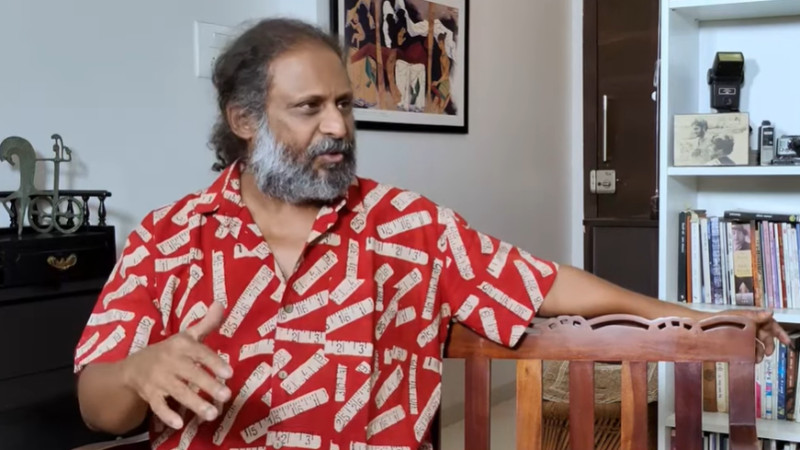
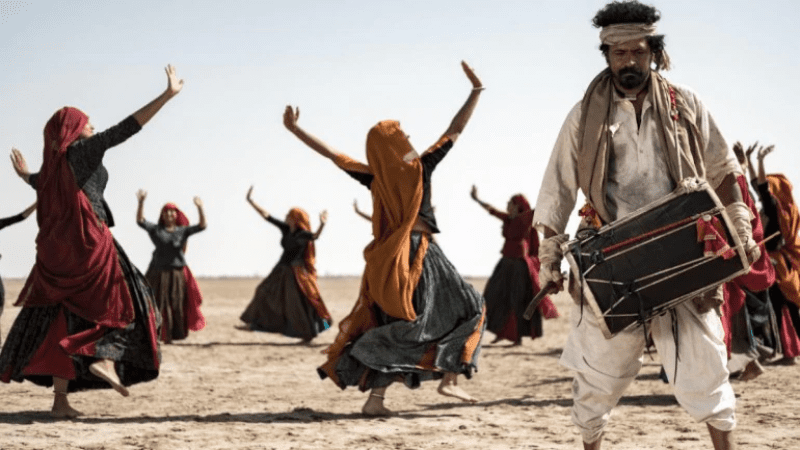
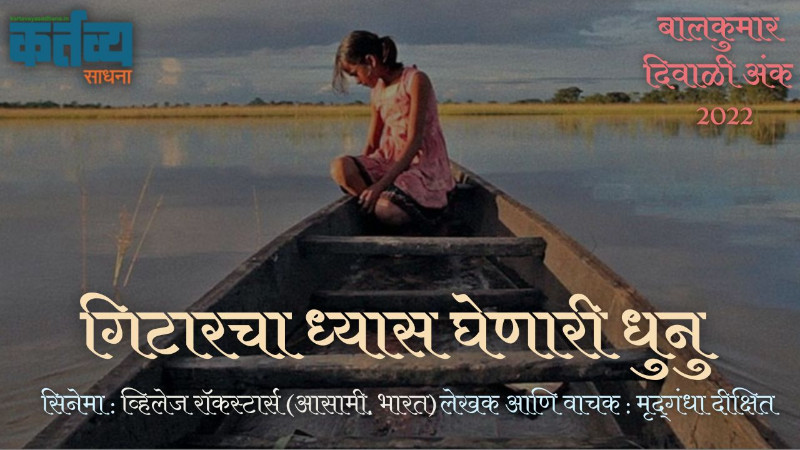
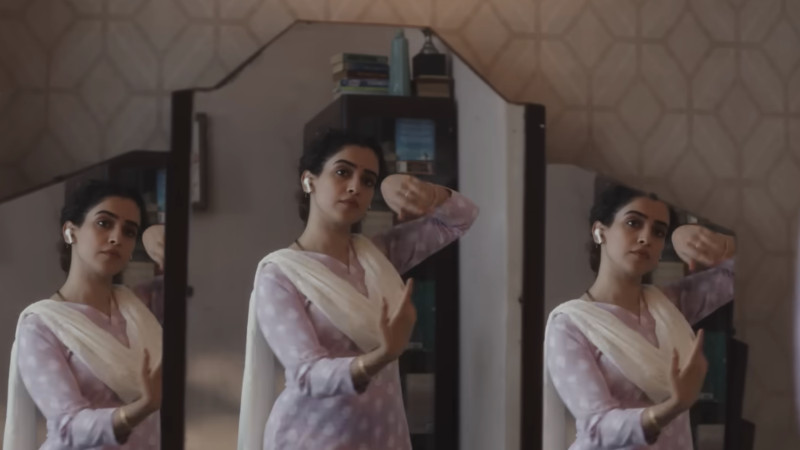
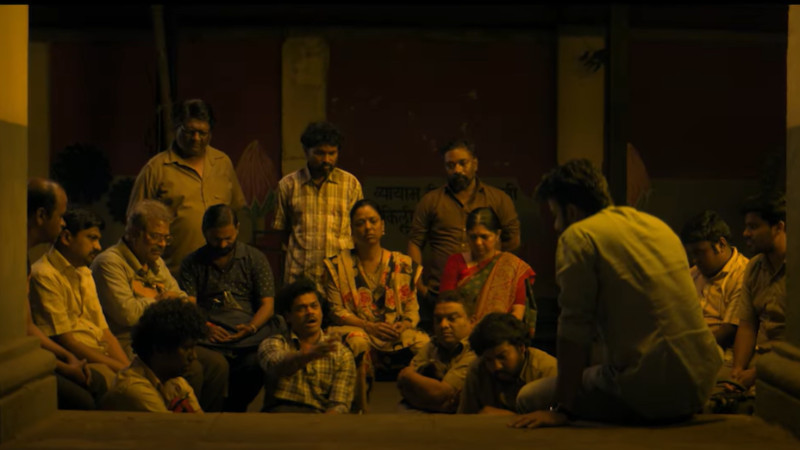
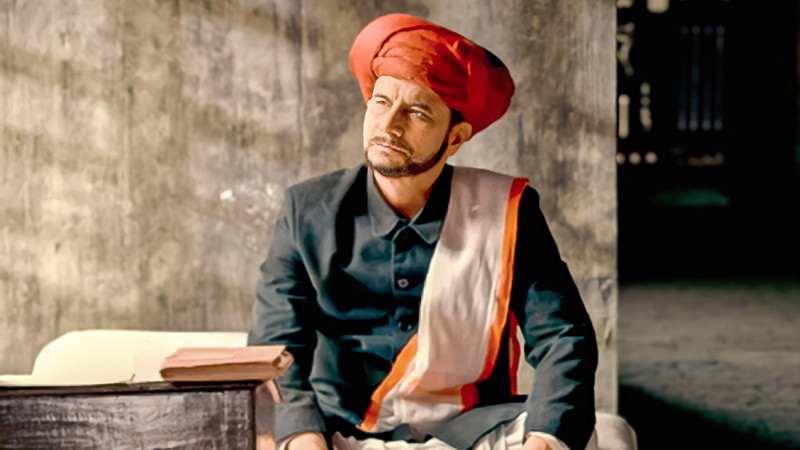

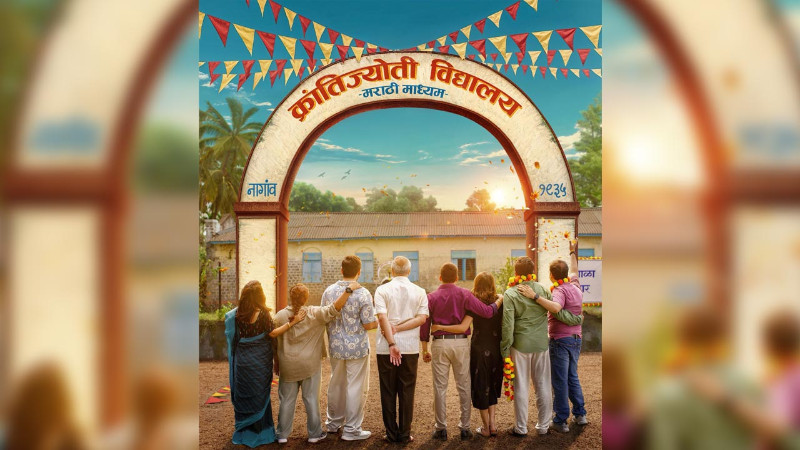
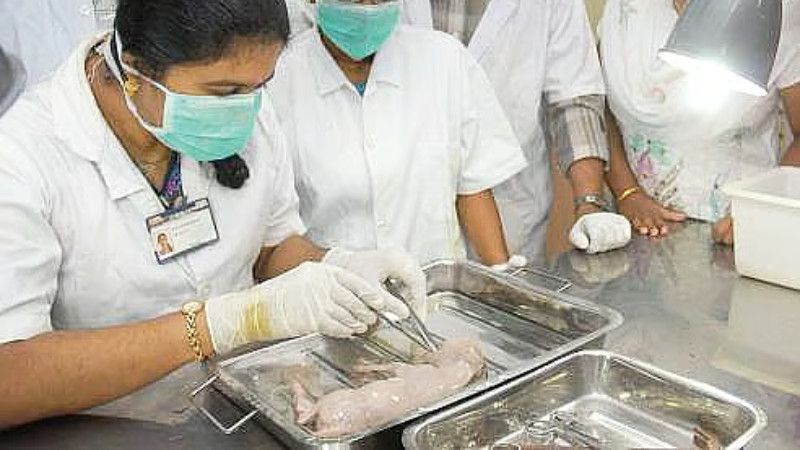
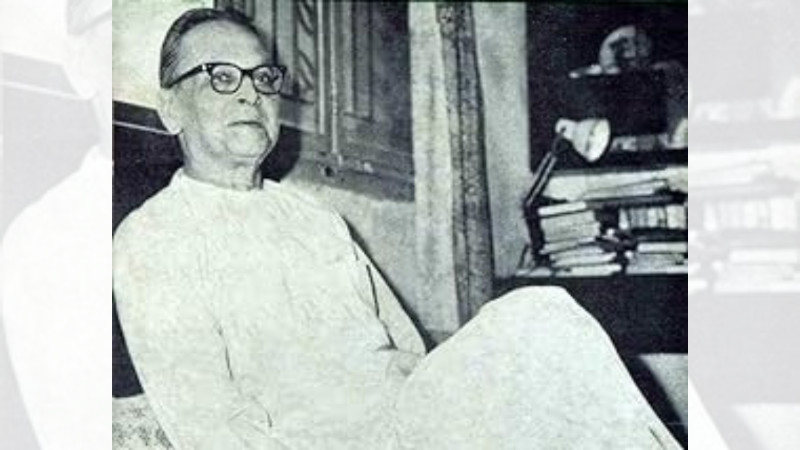
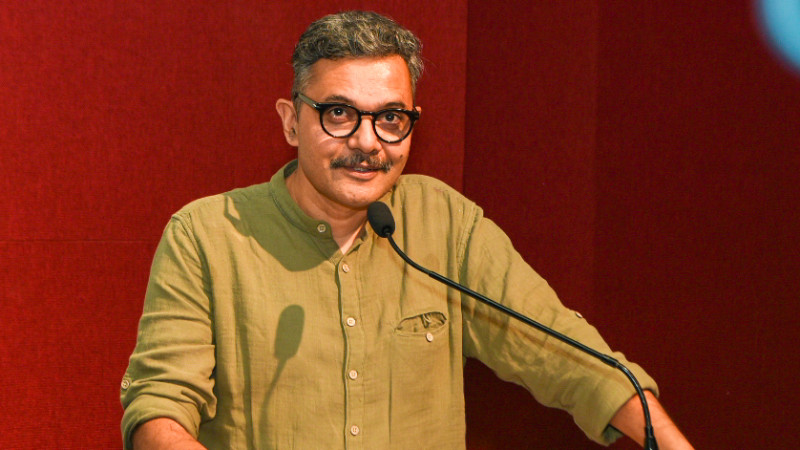
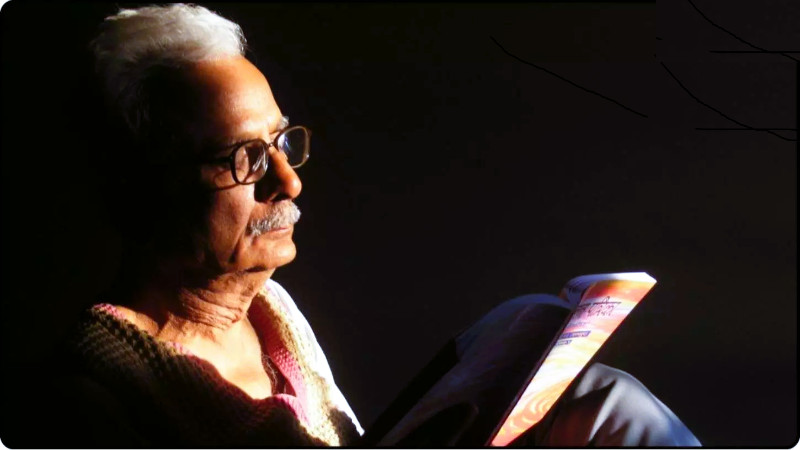
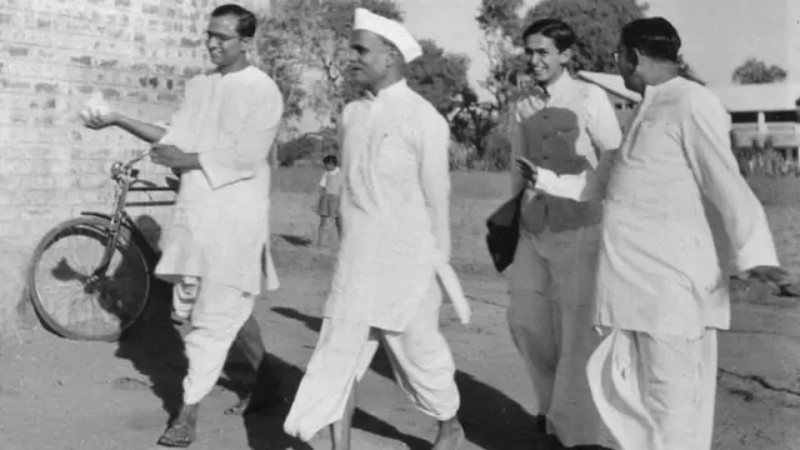
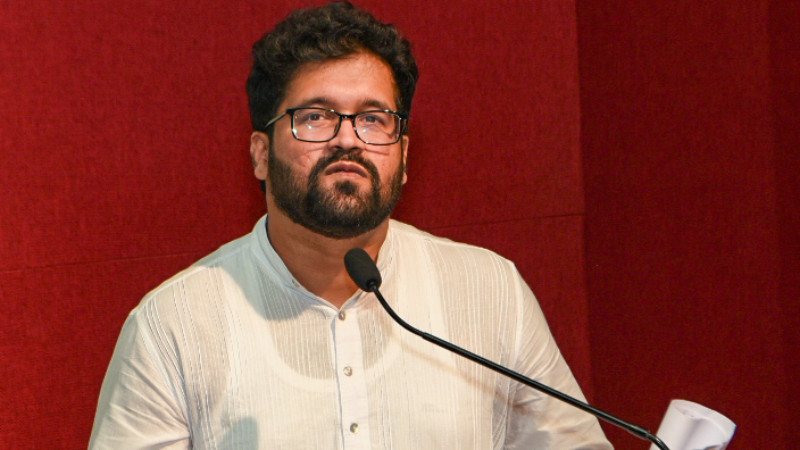
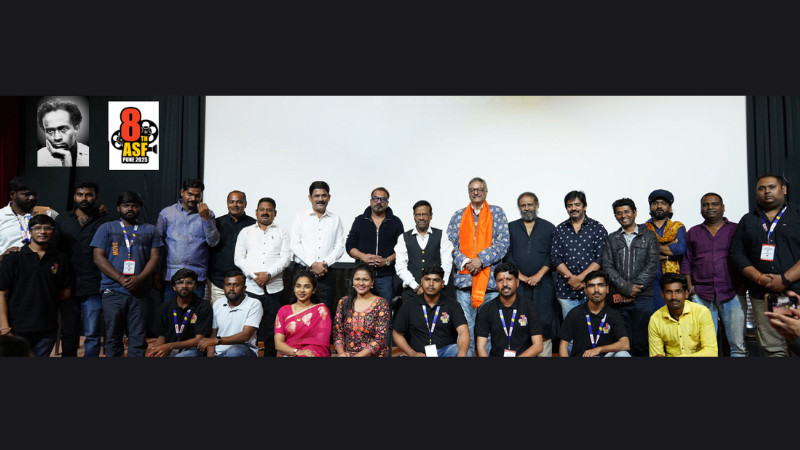

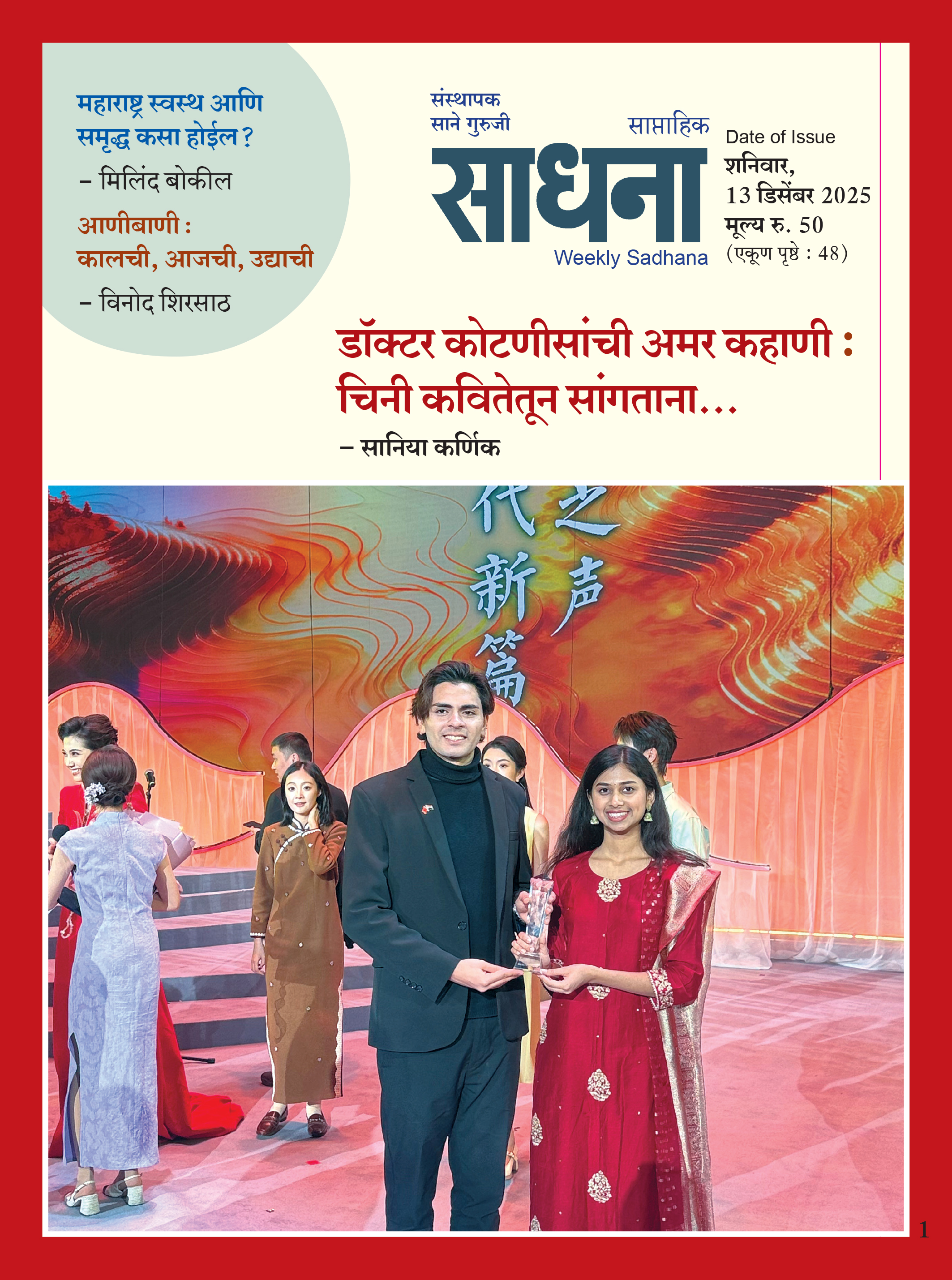













Add Comment